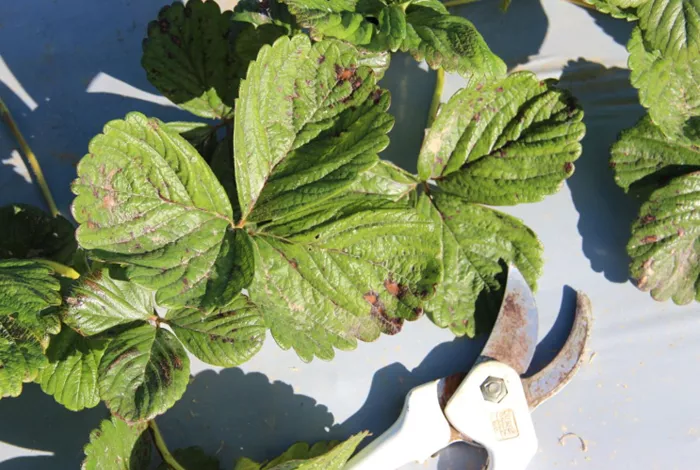Japanese Researchers Discover Chemical Compound to Control Plant Stomata.
Researchers from Nagoya University’s Institute of Transformative Biomolecules (WPI-ITbM) in Japan have discovered a chemical compound that can effectively regulate the density of stomata in model plants. Stomata are tiny openings on plant leaves that play a vital role in managing water.
As climate conditions become more unpredictable, finding ways to manage water use in crops during droughts is becoming crucial. The findings of this study were published in Nature Communications.
Using chemical compounds to manipulate protein interactions is changing the field of biology. This approach allows scientists to influence complex processes in plants, potentially leading to crops that are more resilient or nutritious.
The research team, led by Ayami Nakagawa and Keiko Torii, created a compound called Stomidazolone. This chemical inhibits the development of stomata in plants.
Stomata are essential for two main processes: photosynthesis and transpiration. Photosynthesis turns light energy into glucose and oxygen, while transpiration involves the loss of water vapor from leaves. This process helps transport nutrients and regulate temperature.
“Our group has tested many small molecules to find new ways to control stomatal development. We discovered Stomidazolone, which is ideal because it does not affect plant growth but reduces stomata and can be applied easily,” Nakagawa said.
“By using this compound to lower stomatal density, plants can lose less water through transpiration. This helps them conserve moisture in dry conditions without hindering their growth.”
The development of stomata is regulated by specific proteins known as basic-helix-loop-helix proteins. In plants, the protein MUTE pairs with another protein called SCREAM to form stomata. The research team used extensive genetic testing and biophysical analysis to show that Stomidazolone works by binding to a unique part of the MUTE protein. This binding prevents MUTE from connecting with SCREAM.
Based on their findings, the researchers also created modified MUTE proteins that are more resistant to Stomidazolone while still functioning normally.
“When we tested these modified MUTE proteins in plants, they continued to develop stomata even in the presence of Stomidazolone,” Nakagawa explained. “This shows that we can use targeted chemical interventions to control plant development.”
This research marks a significant step forward in using chemical compounds to target specific proteins and regulate important biological functions.
Dr. Torii shared her vision: “By expanding the chemical tools available for manipulating plant development, we can better understand how plants grow. This will lead to new opportunities for agricultural innovations using stomatal control. I hope our research will help create crops that can thrive in difficult and dry environments.”
Related topics:
- Eliminate Ivy Plants for Good in Days Using a 69p Household Item Instead of Vinegar
- Alan Titchmarsh names the two plants he would permanently remove from British gardens.
- Plants Are Taking in 31% More Carbon Dioxide Than We Previously Believed


